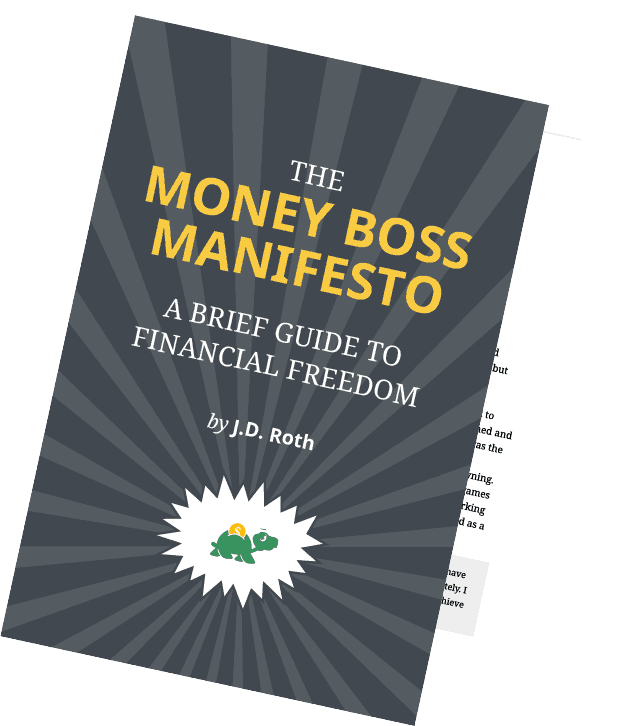As featured in:
Become A Money Boss And Join 15,000 Others
Subscribe to the GRS Insider and get a copy of the Money Boss Manifesto (both FREE)

Master Your Money!
Get Rich Slowly contains thousands of articles about how to master your money.
What do you need help with?
We frequently publish new articles about how to master your money — and your life. Here are a few of our most recent pieces.

A values-driven life
Uncategorized

A man of no ambition
Money Mindset

Why I bought a NEW car
Spending Wisely

Who coined the term FI/RE (financially-independent, retired early)?
Saving & Investing

Designing my life, part one: Building a compass
Money Mindset